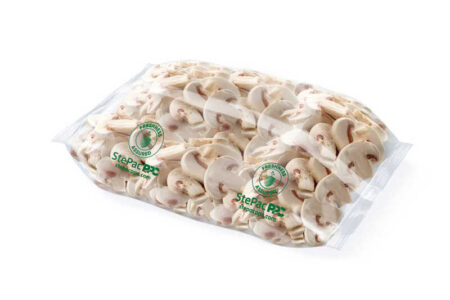Food in smarter packaging in smaller portions is better for climate

Choosing serving size packages and smaller packages is smarter for the climate, according to a new study from CTF, Service Research Center at Karlstad University.
Researchers at the university, who mapped food waste in Swedish households, also found that consumers’ uncertainty over date labels and food safety are major contributing factors to food waste.
“Packaging is often described as a big environmental problem, but is necessary for transporting and protecting the food. We should focus on the design of the packaging so that less food is wasted, since food waste has a much bigger impact on the climate,” said Helén Williams (pictured), associate professor of environmental and energy systems, and responsible for the study that has been conducted by researchers at Karlstad University in collaboration with RISE research institute.
Williams added: “Encouraging more serving size packaging at a time when many want to discontinue packaging completely, is controversial. But our research shows that food in smarter packaging, for example in smaller portions which can be eaten to a greater extent, are better for the climate even if more packaging materials are used.”
The purpose of the study was to find answers to why consumers throw away different types of food and what role the packaging has. In the study, the researchers mapped food waste at product level. This with the help of 37 households in Karlstad and Stockholm who measured and logged their food waste, and participated in interviews.
The results show that the packaging design plays a bigger role than previous research has shown.
“The design was especially important for dairy products, meat, fish, bread, and foods with a long shelf life. For dairy products, the design of the packaging caused nearly 70 per cent of the generated food waste, and for meat and fish products 50 per cent,” said Helén Williams.
Products with long shelf life need more attention, because once opened they have a short shelf life. Several households threw out, for example, sauces, tomato products and olives when the packaging had too much content and there was a big uncertainty about the date labels and food safety.
Important packaging development is needed to reduce uncertainty concerning date labels and if the food is safe to eat, as well as adapting the packaging to meet the consumers’ needs so that they are not tempted to buy more food than they can eat.
“16 per cent of the food waste occurred because of past best-before-date, or because of uncertainty if the product is fit for consumption. Eight per cent was discarded because the consumer was unable to eat all content because the packaging was too large
“In addition, an additional 21 per cent of food waste was related to food that was spoiled in open packaging, which may mean that the packaging was too large. Five per cent of food waste was related to difficulty of emptying the packaging, this was mainly related to dairy products,” said Helén Williams.
The article “Avoiding Food Becoming Waste in Households – The role of packaging in consumers’ practices across different food categories” is published in the Journal of Cleaner Production, and written by Helén Williams, Annika Lindström, Jakob Trischler, Fredrik Wikström and Zane Rowe.



